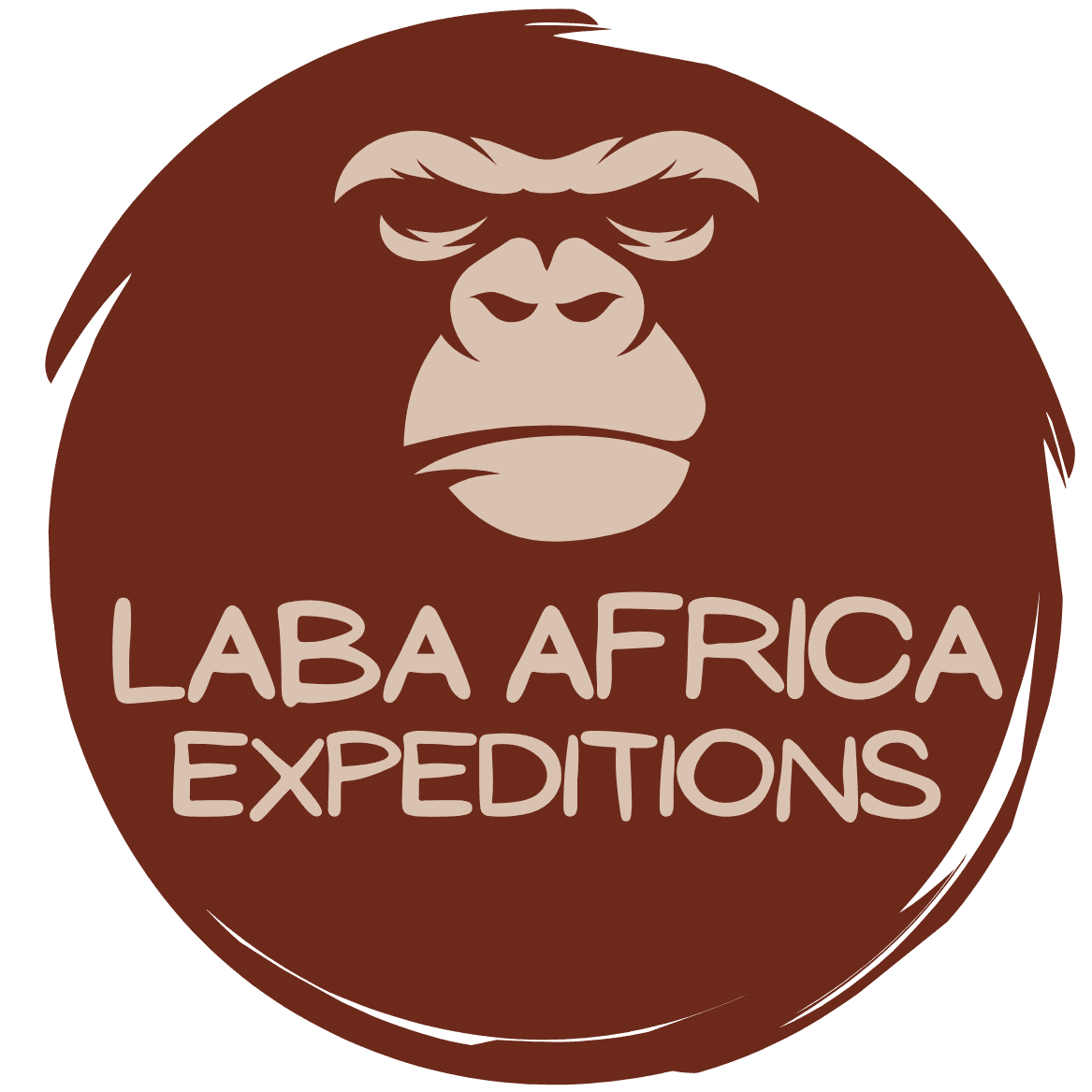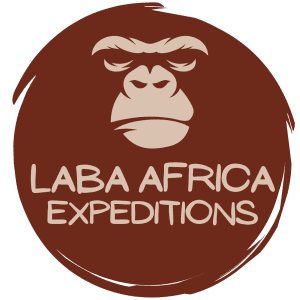DISCOVER AFRICA
10 Best African Safari Parks and Destinations
The world’s second-largest continent, Africa has an astounding amount of national parks, which help protect the numerous species that reside in these locations, many of which are on the verge of extinction, and are critical to the continent’s conservation efforts.
10 Best African Safari Parks and Destinations: The origin of the Swahili term for a journey, “safari,” Africa ranks as one of the best continents to visit in the globe, boasting a broad and diverse range of landscapes, including protected national parks and reserves teeming with spectacular species, breathtaking vistas, and other mind-blowing safari experiences. The world’s second-largest continent, Africa has an astounding amount of national parks, which help protect the numerous species that reside in these locations, many of which are on the verge of extinction, and are critical to the continent’s conservation efforts. Others cannot be found anywhere else but here.
Visiting these parks is an excellent way to learn about their initiatives while admiring the animals and landscape. As a result, Africa boasts hundreds of national parks in several countries; and while choosing the best national park to visit in Africa may be difficult, here is a list of our top picks for the best African safari parks and destinations;
1. Serengeti National Park – Tanzania
A UNESCO World Heritage Site, Serengeti National Park is one of the oldest and most popular national parks in Africa, home to the famed Great Annual Wildebeest Migration – one of the world’s 7 natural wonders. The annual wildebeest migration features a massive movement of over 1.5 million wildebeest, alongside 200,000 zebras and gazelles in search of fresh grass and water, while being hunted and attacked by vicious predators. The journey takes these ungulates about eight hundred kilometers through the park and Ngorongoro Conservation Crater towards the contiguous Masai Mara National Reserve in Kenya and back to Serengeti. The Great Annual Wildebeest Migration is the top safari highlight in Serengeti National Park and a mega-sought-after spectacle.
Nonetheless, the open savannah landscape of Serengeti is home to a variety of wildlife species including the African Big Five (Buffalo, Rhino, Lion, Elephant, Leopard), giraffe, cheetah, African wild dog, etc. Moreover, over 500 bird species have been recorded in Serengeti, which makes it an ideal African safari destination for avid birders. Serengeti National Park is accessible all year.
2. Kruger National Park – South Africa
Located in northeastern South Africa near Mozambique, Kruger National Park is one of Africa’s largest reserves and South Africa’s largest park. The park was first established as a protected area in 1898 by South African President Paul Kruger and developed into a National Park in 1926. The park is divided into 14 respective ecological zones, all overflowing with wildlife species. Kruger National Park boasts a well-developed road network and boasts the best places in Africa to enjoy a self-drive safari, as well as a luxury stay. Further home to a range of historical and archaeological sites, Kruger National Park also plays a significant role in South Africa’s history.
3. Bwindi Impenetrable Forest National Park – Uganda
Known for its incredible biodiversity, Bwindi Impenetrable Forest National Park lies at the edge of the Albertine Rift in Uganda’s southwestern region. An ancient tropical rainforest, Bwindi protects the last remaining habitat of the endangered mountain gorillas, and; it is home to the largest population of mountain gorillas in Africa. Bwindi Impenetrable Forest National Park is the best location in Africa where tourists can go gorilla trekking
4. Masai Mara National Reserve – Kenya
Masai Mara National Reserve is probably the most popular national park in Africa. Located in southwest Kenya, the park derives its name from the Maasai people who occupy the reserve’s numerous conservancies. Covering an area of over 1,510 square kilometers, the park is adjacent to Tanzania’s Serengeti National Park, and together, these form Africa’s most diverse and spectacular ecosystems. The Mara and Talek rivers cut across the reserve’s lush plains and undulating hills, whereas Maasai communities (enkangs) dot the surrounding landscape.
Among the many sprawling highlights, the Mara hosts the Great Annual Wildebeest Migration between July and October; and it is one of the most exciting safari events to witness while on an African safari. Besides, the reserve is home to 95 mammal species including the highest concentration of predators such as lions, leopards, cheetahs, and large mammals such as rhinos, buffaloes, and elephants, among others, as well as more than 750 recorded bird species.
5. Etosha National Park – Namibia
Spanning 22,270 square kilometers, Etosha National Park is one of Africa’s largest national parks and safari destinations, located in the nation’s northwest. The park is renowned for its massive salt pan (130 km long and over 50 km wide), which is so large that it can be seen from space; and several other salt pans that dot its landscape. Etosha also encompasses savanna, grassland, and savannah forests. Nonetheless, the bulk of the park is dry and devoid of plant life, making it simple to spot wildlife.
Etosha National Park is home to a variety of animals, reptiles, and birds; though the majority of visitors to the region come for a safari through the pans and forests. This dry location of the nation makes any watering hole ideal for game viewing with vistas of hyenas, foxes, lions, caracals, wild dogs, impalas, and elands, to mention but a few. Etosha National Park is one of Africa’s most accessible wildlife reserves and has a variety of safari camps and lodges that offer classic accommodation
6. Okavango Delta – Botswana
Located in northwestern Botswana, the Okavango Delta is made up of permanent marshlands as well as periodically flooded plains. A UNESCO World Heritage Site since 2014, the Okavango Delta is an oasis in an otherwise parched area. It is one of the few significant interior delta systems that does not flow into a sea or ocean, and it has a nearly complete wetland system. The delta is affected by seasonal flooding, with floodwaters from Angola reaching the delta between March and June, peaking in July. This peak corresponds with Botswana’s dry season, causing vast flora and large migrations of wildlife from the dry hinterland. Some of the world’s most endangered big animal species, including the cheetah, lion, African Wild dog, white rhino, and black rhino, can be found here.
Furthermore, the delta is bordered on the east by the Moremi Game Reserve, which is also famed for its excellent animal sightings and some of Africa’s most luxurious safari hotels.
7. The Volcanoes National Park – Rwanda
Located in the Virunga Conservation Area, the Volcanoes National Park is the home of Rwanda gorilla safaris; lying about 2 hours’ drive from Kigali International Park. Covering 160 square kilometers in northern Rwanda, the park is part of the larger Virunga volcanic conservation region, which also includes Virunga National Park in Congo and Mgahinga Gorilla National Park in Uganda. Initially, the park was gazetted to safeguard the endangered mountain gorillas, which were approaching extinction due to poaching. The park boasts the best African luxury gorilla trekking tours since it is also home to world-class luxury lodges and hotels. Aside from mountain gorillas, the Volcanoes National Park is home to golden monkeys, a variety of birds, amphibians, reptiles, and butterflies, as well as other wildlife that make up an ideal Rwanda safari package.
8. Kidepo Valley National Park – Uganda
Kidepo Valley National Park, established in 1962, is located in the steep, semi-arid lowlands between Uganda’s borders with Sudan and Kenya. Located in the arid northeastern region, it is Uganda’s most remote national park; however, many who make the lengthy trek to Kidepo agree that it’s also the most spectacular, ranking among Africa’s most attractive wildernesses. Kidepo National Park contains two primary biomes: savanna grassland in the Narus Valley in the park’s south, and semi-arid short grassland in the park’s north; still, the park is mostly dry, with only one rainy season from April to September.
Kidepo Valley National Park is home to over 80 mammal species including the largest buffalo herds found anywhere else in Uganda. Moreover, of the 80 mammals, 28 are endemic to the region and are protected within Kidepo, including the Striped hyena, Aardwolf, Bat-eared fox, Hunting dog, etc. Other common animals in Kidepo include elephants, giraffes, lions, leopards, oribi, elands, and Jackson’s hartebeest, to mention but a few. More so, Kidepo boasts the second-largest population of recorded bird species in Uganda, following Queen Elizabeth National Park which is home to 612 species. Though remote, Kidepo Valley National Park can be accessed both by road and air.
9. Hwange National Park – Zimbabwe
Located in northwestern Zimbabwe, near the border with Botswana, Hwange National Park is Zimbabwe’s largest wildlife park, covering 14,600 square kilometers. The park’s terrain ranges from semi-desert scrub on the edge of the Kalahari in the south to granite hills, forests, and valleys of mopane woods in the north. Boasting one of the largest last remaining elephant sanctuaries, Hwange is home to over 100 mammal species and 400 recorded bird species. Other animals in Hwangwe include lions, leopards, roan antelopes, sable antelopes, giraffes, wildebeests, civets, wild dogs, cheetahs, etc. Hwange National Park is easily accessible and is teeming with a variety of affordable accommodation facilities that offer exquisite safari stays. Game viewing in Hwange National Park is ideal during the dry season (August to October) when wildlife congregates around the shrinking water holes.
10. South Luangwa National Park – Zambia
Established as a national park in 1972, South Luangwa National Park is one of Africa’s most popular wildlife sanctuaries. Covering a total surface area of 9,050 square kilometers, the park offers undisturbed wilderness paired with a fantastic concentration of species, ensuring a spectacular safari trip. Flanked on the west and north by the Muchinga Escarpment and on the south by the flowing Luangwa River, the park boasts spectacular terrain which teems with over 60 mammal species and 400 bird species.
Game concentrations near the river and on the wide-open plains are among the highest in Africa, and among many astounding highlights, the park is well-known for sightings of the elusive leopard and gangs of wild dogs. A large concentration of Thomicroft’s giraffes, elephants, and cape buffaloes also thrive in South Luangwa National Park. Moreover, this park offers the best African walking safaris: it is one of the few African safari parks where visitors can wander and explore the wilderness on foot.
Whereas these are our top picks for the 10 best African safari parks and destinations, there are plenty of other amazing African safari destinations all boasting enthralling wildlife, cultural, birding, hiking, and nature experiences. Aside from the above-mentioned, other fantastic African safari parks and destinations include; Queen Elizabeth National Park in Uganda, Chobe National Park in Botswana, Amboseli National Park in Kenya, Ngorongoro Conservation Area in Tanzania, Lake Manyara National Park in Tanzania, Laikipia Plateau in Kenya, Mala Mala Game Reserve in South Africa, Moremi Game Reserve in Botswana, and Mana Pools National Park in Zimbabwe, to mention but a few.






